Celebrating the 80th anniversary of Vietnam's Agriculture and Environment sector (November 14, 1945 - November 14, 2025): Promoting tradition, reaching out in the era of green economy and digital transformation
After 80 years of formation and development, Nghe An Agriculture and Environment sector has grown strongly, becoming a multi-sector, multi-value economic sector. In fact, agriculture is both the "pillar" of the economy and the center of coordination for sustainable development in the era of green economy and digital transformation.



Exactly 80 years ago, on November 14, 1945, President Ho Chi Minh signed the Decree establishing the Ministry of Agriculture, the predecessor of today's Ministry of Agriculture and Environment. From the strategic vision of the Party and Uncle Ho on the special role of Agriculture in the national economy and people's livelihood, Vietnam's agricultural sector has gone through a long, arduous but proud journey: From food shortages and self-sufficiency to becoming the world's leading agricultural exporter.
Along with that development, Nghe An Agriculture has continuously grown through each period, through many changes in name and organizational model, from Agricultural Service, now Department of Agriculture and Environment, but throughout is still the spirit of perseverance, overcoming difficulties to rise up, meeting the requirements of tasks in each stage of the revolution. During the two resistance wars against France and America, Nghe An agriculture was both a solid rear and a resilient production front. From the movements "Rice jars to feed the army", "Fields are battlefields" to "Not a pound of rice is missing, not a soldier is missing", each field, cooperative, farm has become a symbol of will and patriotism, contributing to the great victory of the nation.
After the country's reunification, the industry took the lead in restoring production, developing specialized areas, expanding irrigation, restoring upstream forests, and building new rural areas. Entering the period of innovation, Nghe An soon implemented product contracting, shifting from a subsidy mechanism to commodity production, forming a model of linking "4 houses" - farmers, businesses, scientists, and the State. Since then, key industries such as rice, tea, sugarcane, fruit trees, livestock, and aquaculture have developed strongly, creating a solid foundation for the industrialization and modernization of agriculture and rural areas.



Entering a new phase, Nghe An has identified agricultural development as associated with resource management and environmental protection, considering this an organic relationship, the foundation for sustainable development. In just the past 5 years, the industry has clearly affirmed its position as a "pillar" in the province's socio-economic development. The average growth rate in the period 2020 - 2025 reached 4.7%/year, the average production value of the whole industry is more than 45,000 billion VND/year. Nghe An ranks second in the country in OCOP products with 737 products achieving 3 stars or more.
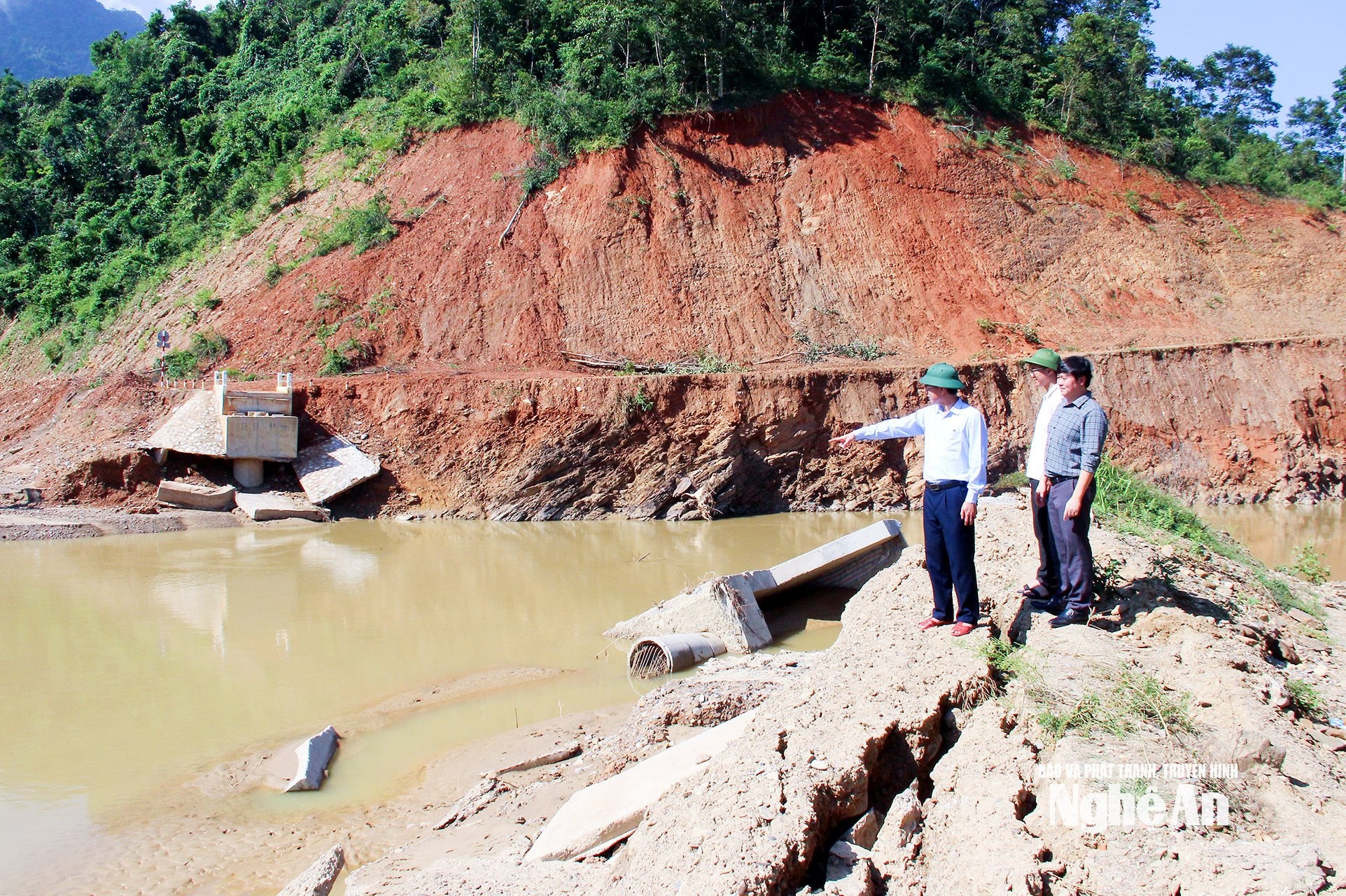
The average growth rate in the period 2020 - 2025 reached 4.7%/year, the average production value of the whole industry was more than 45,000 billion VND/year. Nghe An ranked second in the country in terms of OCOP products with 737 products achieving 3 stars or more.
High-tech agricultural models, digital agriculture, and circular economy have been widely formed; agriculture has strongly shifted from “agricultural production” to “agricultural economy”, developing along the value chain linking production with processing, consumption, branding and export. Many large corporations such as TH True Milk, Vinamilk, Masan, Japfa… have invested heavily, creating momentum for the livestock, processing and export of agricultural products, making Nghe An a large-scale agricultural commodity center in the North Central region.
The forestry sector has developed comprehensively with a forest coverage rate of 59.01%, the highest in the North Central region. The wood processing and export industry contributes over 60% of the province's agricultural, forestry and fishery export value. Nghe An has been approved by the Government for the Master Plan for the construction of the North Central Highlands High-Tech Forestry Zone by 2045, opening up a new development space, aiming to build a "high-tech forestry capital" of the country.
The fisheries and marine economy continue to expand. The output of exploitation and aquaculture reaches nearly 250,000 tons/year, the average export value reaches 130 million USD/year. High-tech marine farming models, circular shrimp farming, and fish cage farming using IoT are forming a blue ocean value chain, affirming Nghe An's position as a major aquaculture center of the North Central region.
Along with production development, the industry focuses on sustainable management and exploitation of resources and the environment. Land, mineral, water and environmental management is tightened; urban waste collection rate reaches 95%, rural waste 75%; 100% of seriously polluting facilities are completely handled. The new rural construction program has achieved many outstanding results, with 75.96% of communes meeting standards before the arrangement of 2-level local governments - higher than the national average; many communes meeting advanced and exemplary standards, contributing to fundamentally changing the appearance of rural areas and improving people's lives.
An important milestone in this period is the merger of the Department of Agriculture and Rural Development with the Department of Natural Resources and Environment, forming the Department of Agriculture and Environment, officially put into operation from March 2025. This is a strategic turning point, creating an organic link between production - resource management - environmental protection, promoting sustainable development. This merger model opens up a new direction, ensuring synchronous management between agricultural economic development and nature conservation, ecological environment protection, climate change adaptation and resource security.
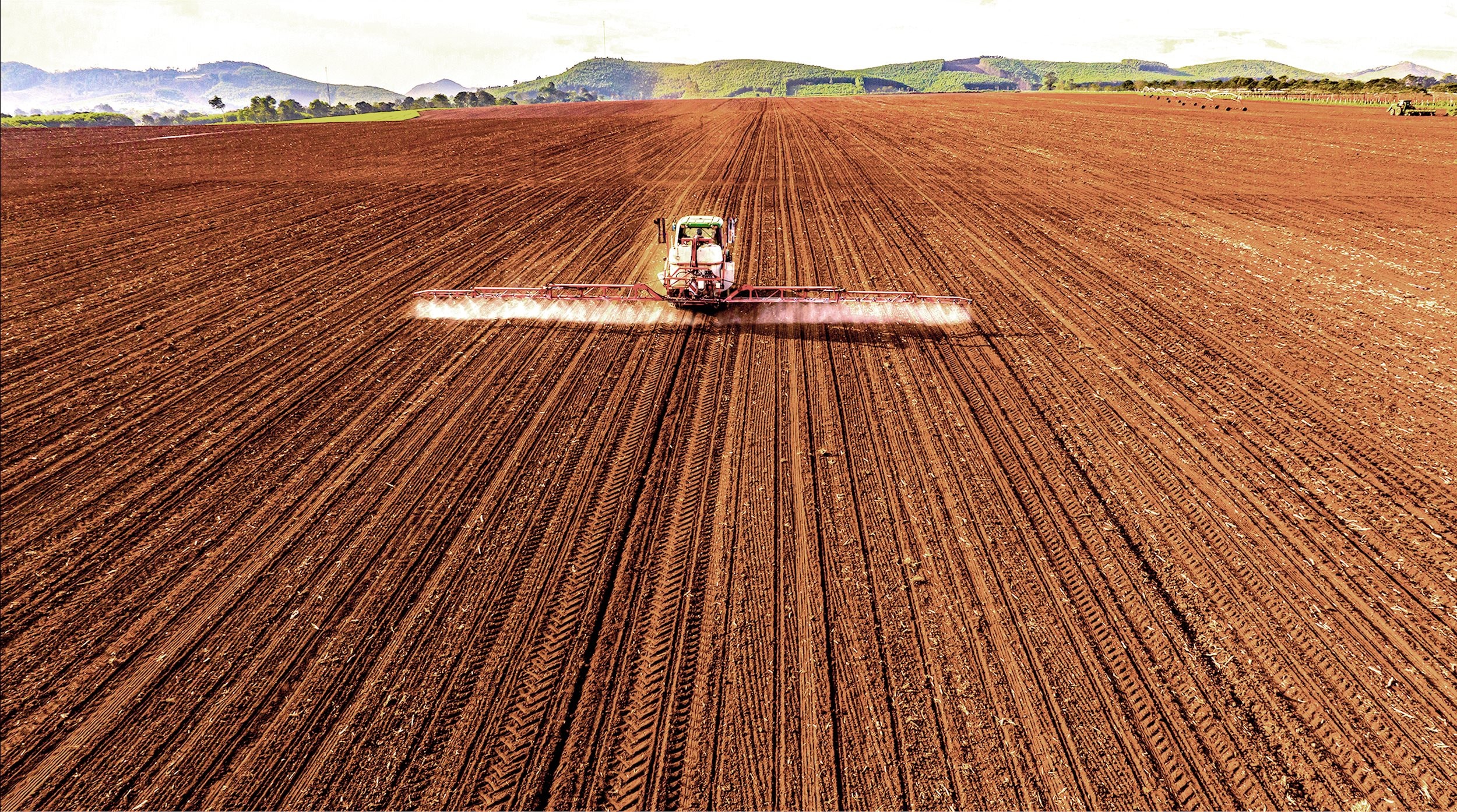


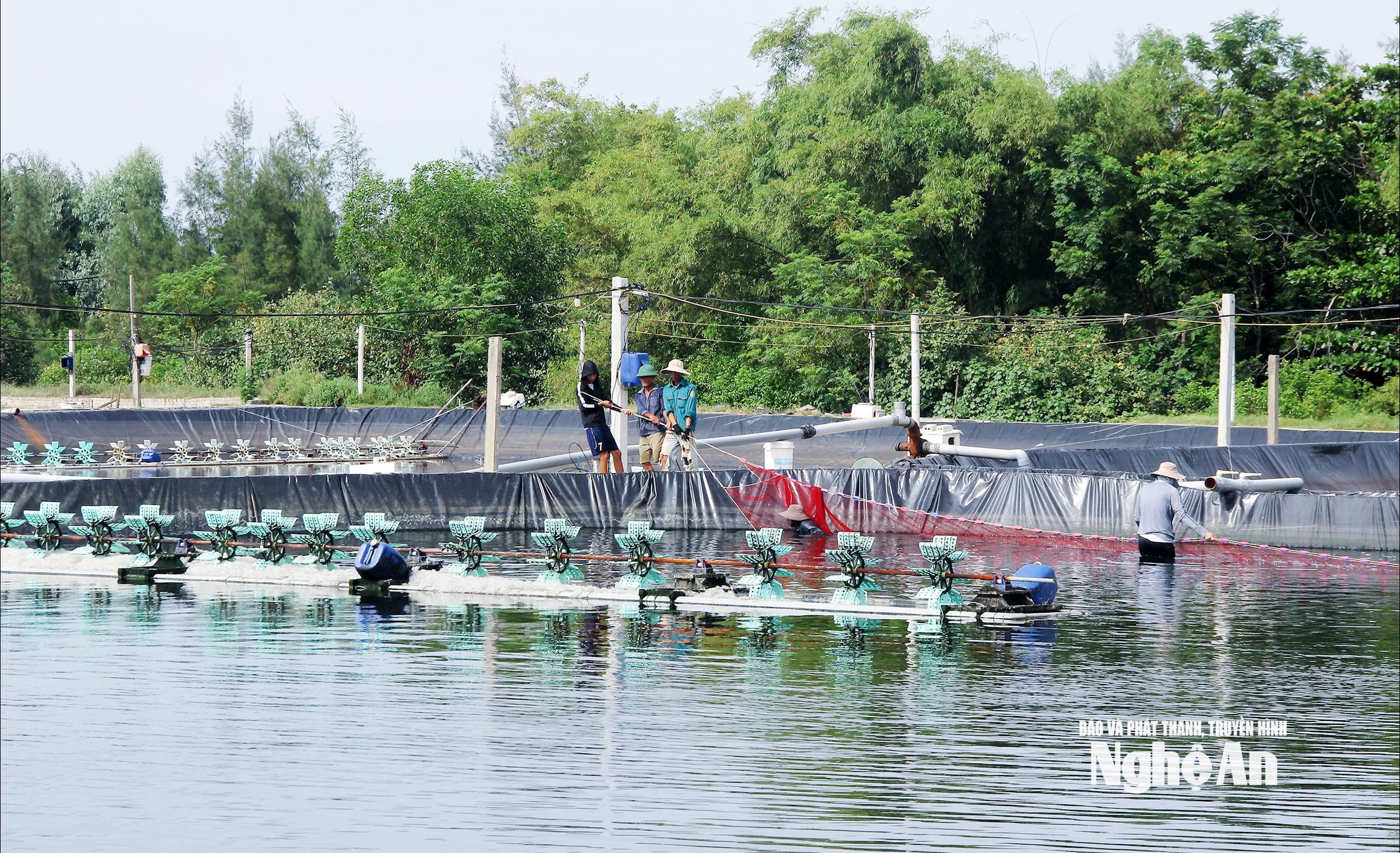
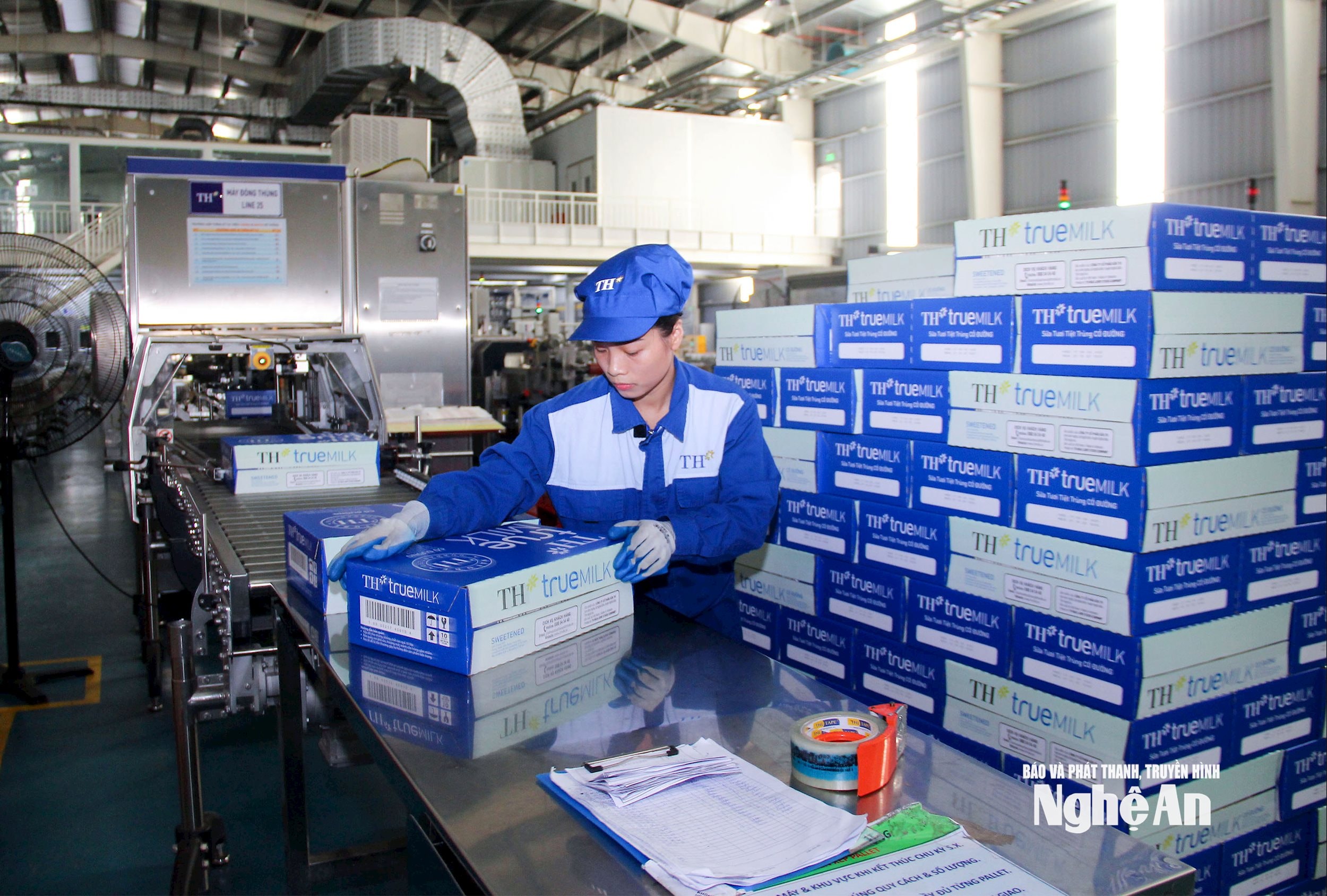


The results and achievements of the past 80 years are vivid evidence of the strength and will to overcome difficulties, of the innovative thinking, daring to think, daring to do, daring to make breakthroughs of the Nghe An Agriculture and Environment sector; it is also an important foundation with the meaning of "building the foundation, establishing the position" for the new development stage.
The guiding principle for the coming period is determined as follows: “Fast, green and sustainable development; taking science - technology, innovation and digital transformation as the driving force; taking people as the center; taking new rural areas, agricultural economy and environmental protection as the foundation”. Accordingly, the industry will strongly shift from extensive to intensive development, from growth based on resources and labor to growth based on knowledge, technology and innovation. Promote the application of AI, IoT, Big Data, Blockchain... in production and management, ensure traceability, food safety, promote circular economy and low-carbon economy, towards the goal of Net Zero by 2050.
The industry will also restructure towards multi-value, linking agriculture with processing industry, services, eco-tourism and environmental protection, forming a closed agricultural - environmental - green economic value chain, building ecological agriculture, modern countryside, civilized farmers. This is not only an inevitable requirement in the general development trend of the country, but also a concretization of the spirit of the Resolution of the 20th Provincial Party Congress of Nghe An, term 2025 - 2030 and major resolutions of the Central Committee such as Resolution No. 39 of the Politburo, Resolution No. 137 of the National Assembly on Nghe An, as well as the Strategy for sustainable agricultural and rural development to 2030, vision to 2050.
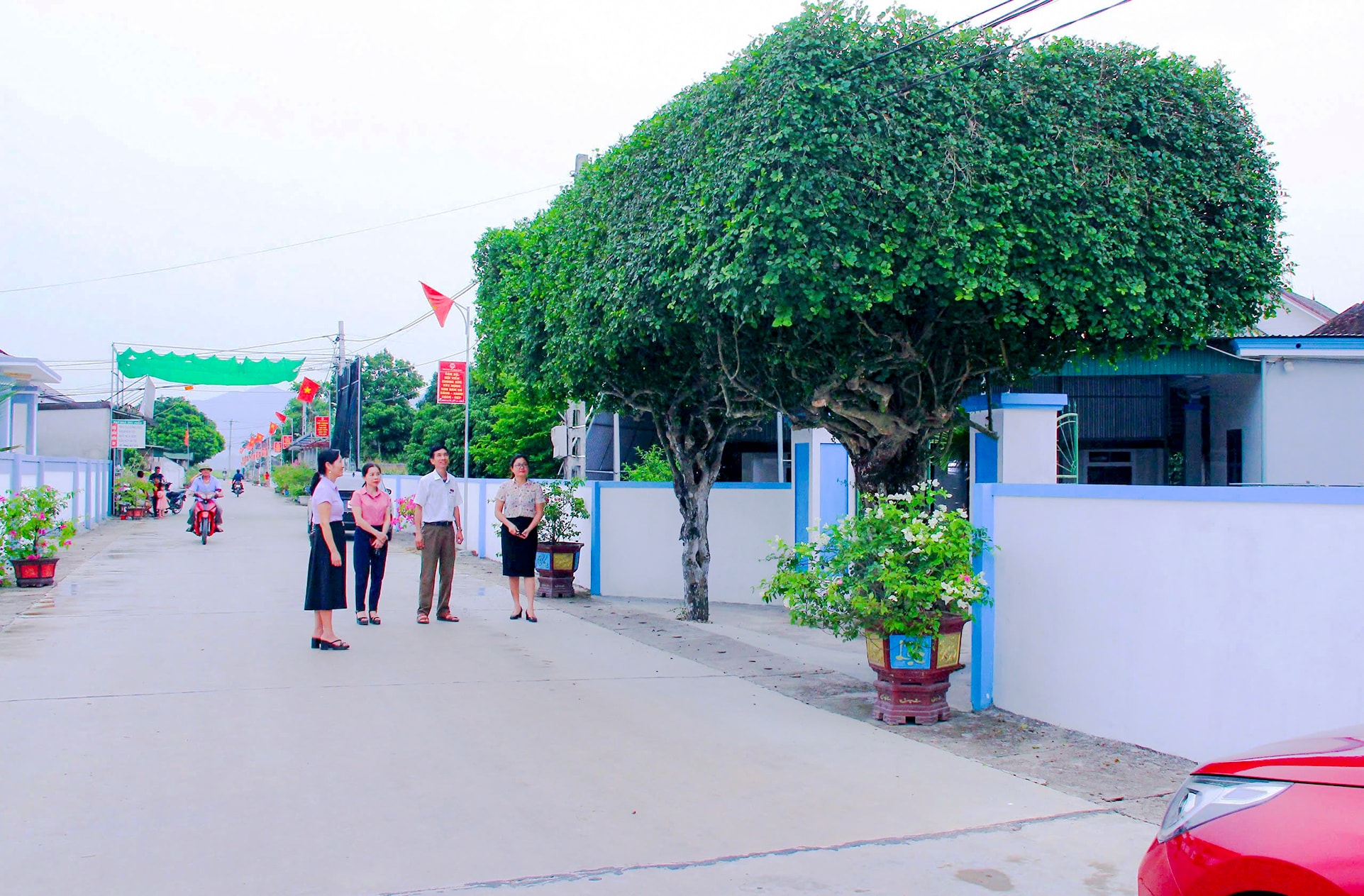
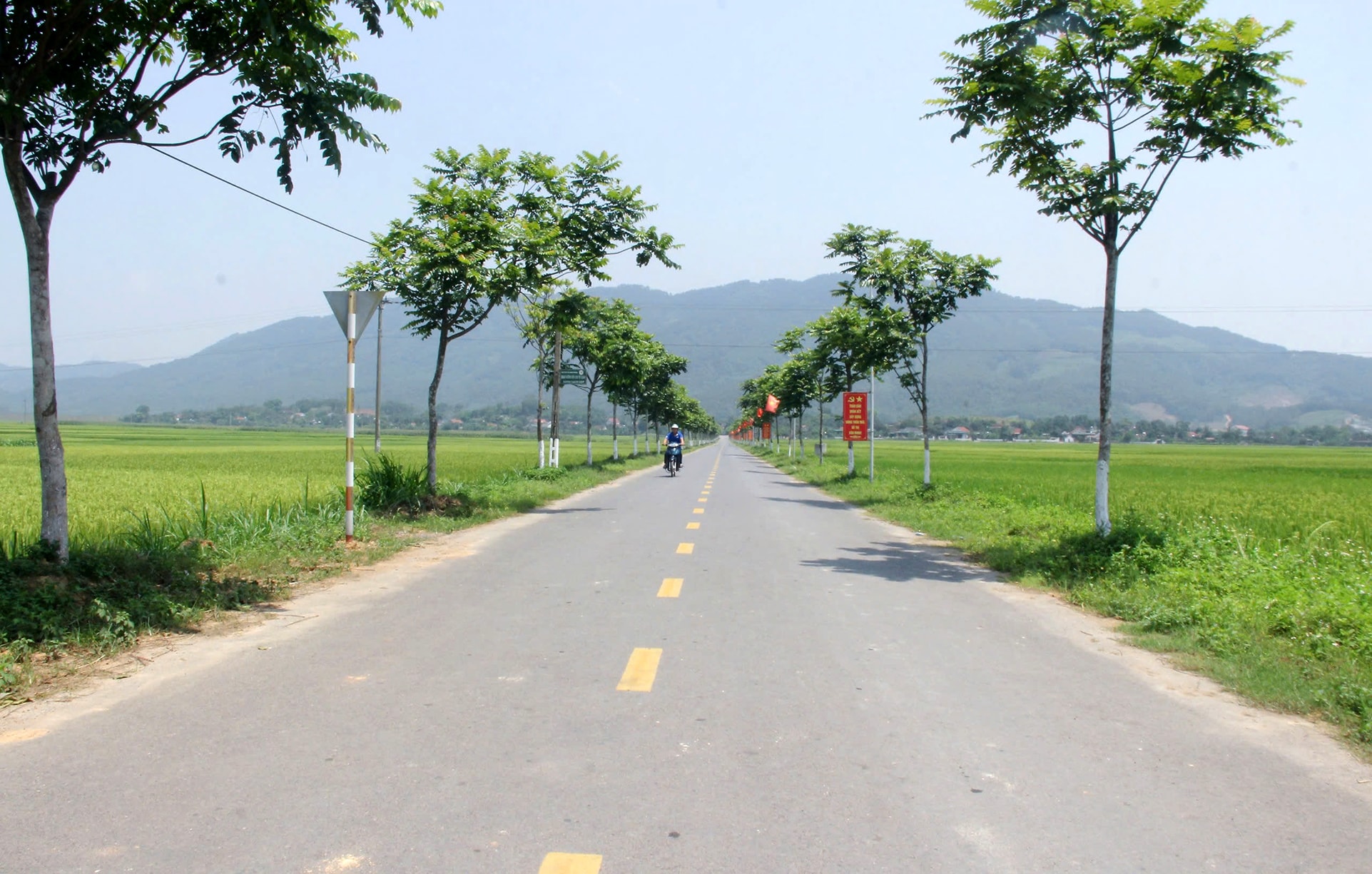
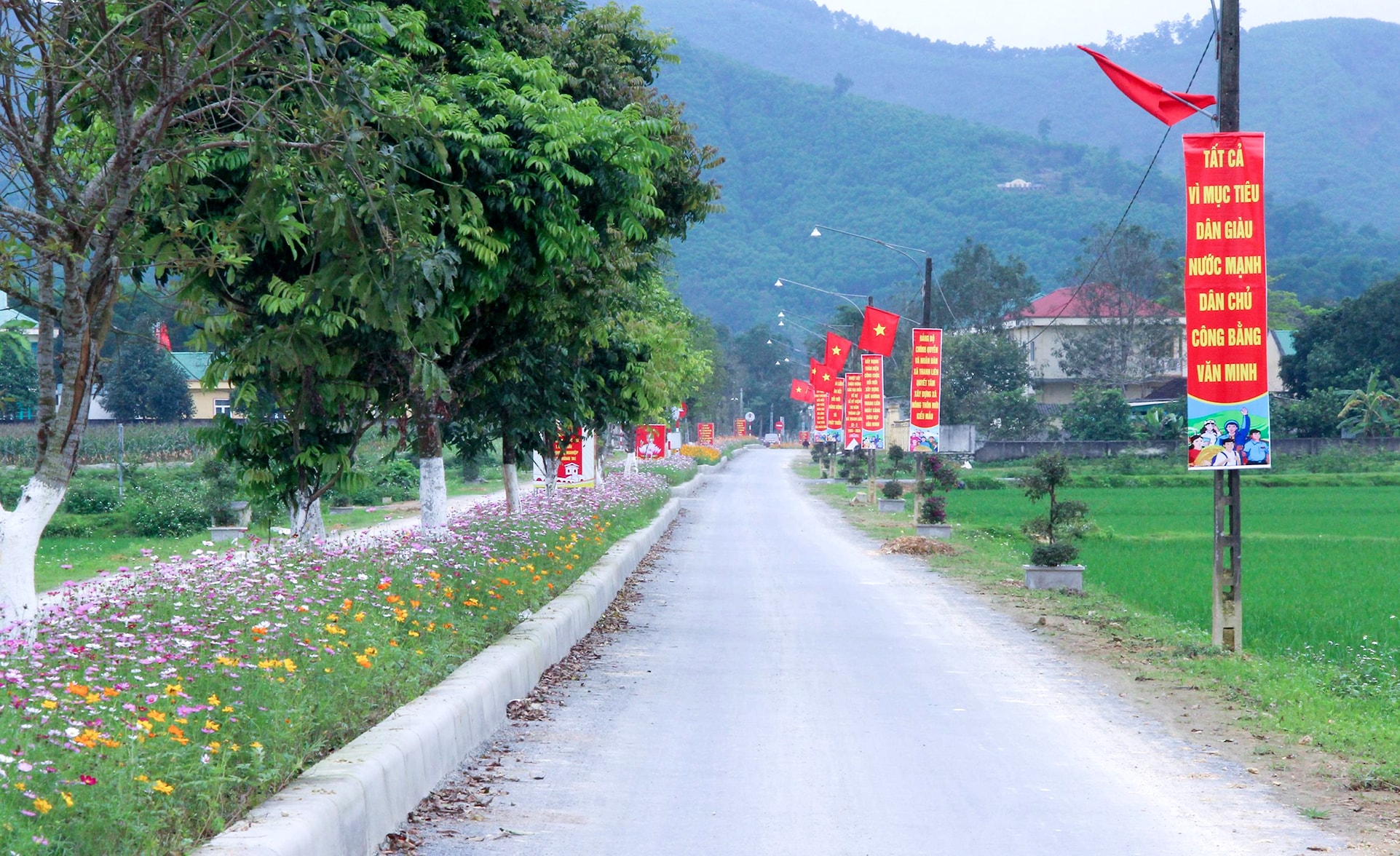
Along with that, the industry strengthens management and improves the efficiency of land, water and mineral resources use, associated with sustainable development planning. Proactively prevent natural disasters, manage climate risks, protect biodiversity, upstream protection forests, and protect the environment in a proactive, positive and comprehensive manner. Build new rural areas in the direction of strongly shifting from "advanced, model new rural areas" to "modern new rural areas" with a higher, more comprehensive set of criteria, in line with sustainable development requirements, contributing to narrowing the gap between rural and urban areas, realizing the goal of sustainable development and improving the quality of people's lives.
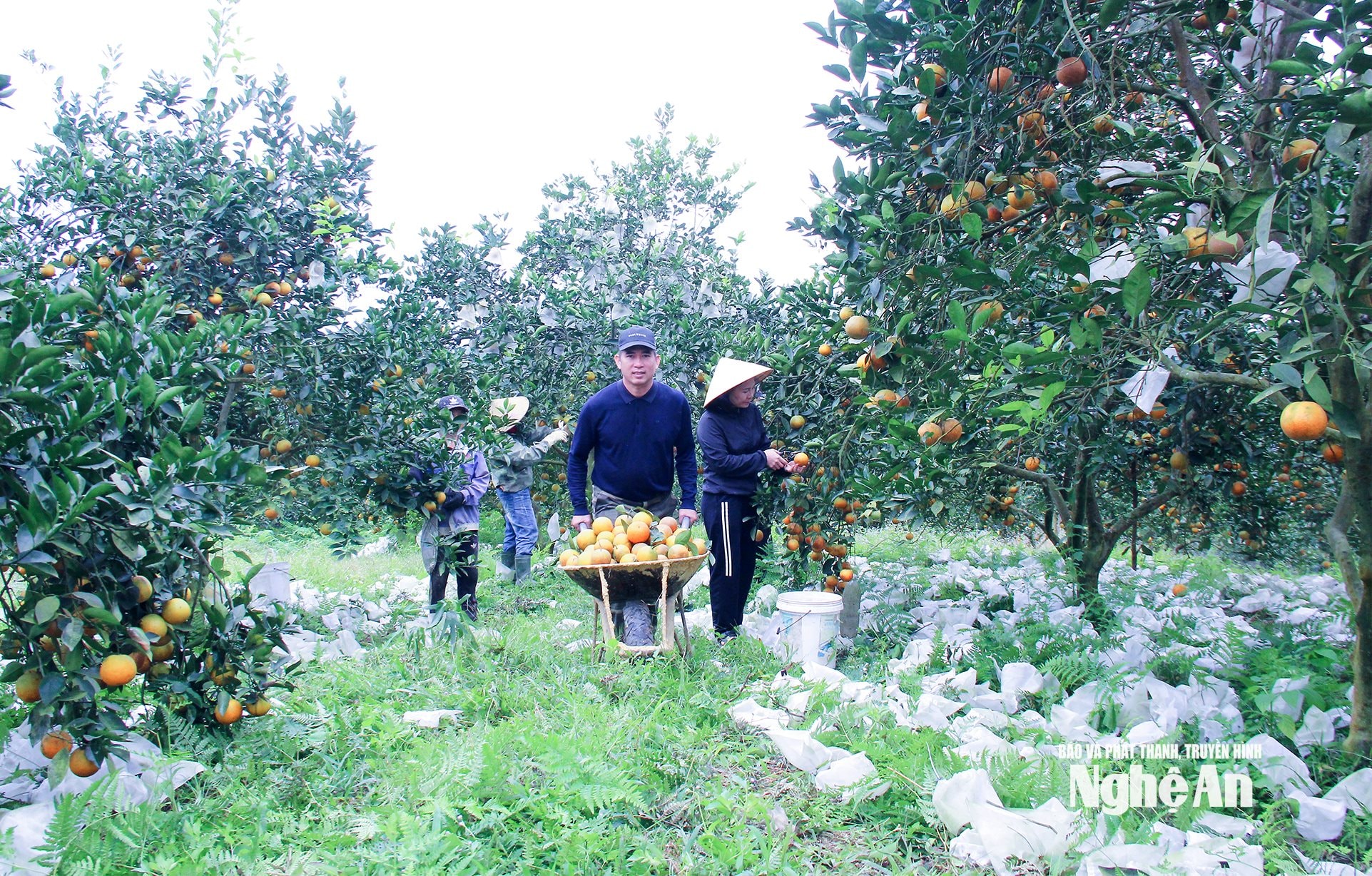
Nghe An Department of Agriculture and Environment identifies 3 strategic breakthroughs:
Institutional and policy breakthroughs, creating a favorable environment to attract investment, develop green agriculture, ecological agriculture, deep processing industry and environmental services;
Breakthroughs in science and technology and digital transformation are considered the "golden key" to improving productivity, quality and competitiveness;
Breakthrough in human resources and industry management, building a team of cadres with professional qualifications, digital capacity, innovative thinking, creativity, daring to think, daring to do, daring to take responsibility.
To realize those goals, the industry has identified three strategic breakthroughs: Institutional and policy breakthroughs, creating a favorable environment to attract investment, develop green agriculture, ecological agriculture, deep processing industry and environmental services; Breakthroughs in science - technology and digital transformation, considering this the "golden key" to improve productivity, quality and competitiveness; Breakthroughs in human resources and industry governance, building a team of cadres with professional qualifications, digital capacity, innovative thinking, creativity, daring to think, daring to do, daring to take responsibility. Nghe An Agriculture and Environment Industry also identified international cooperation, association and integration as a strategic direction, taking advantage of resources from national programs and international organizations to develop smart agriculture adapting to climate change, while promoting Nghe An agricultural product brands to regional and global markets.
Promoting the 80-year tradition of resilience and creativity, Nghe An Agriculture and Environment sector is determined to affirm its pioneering position in green growth, circular economy, ecological agriculture, contributing to realizing the aspiration of making Nghe An a fairly developed province of the country and a national growth pole by 2030, and by 2045 becoming a center of high-tech, sustainable and environmentally friendly agriculture in the North Central region.


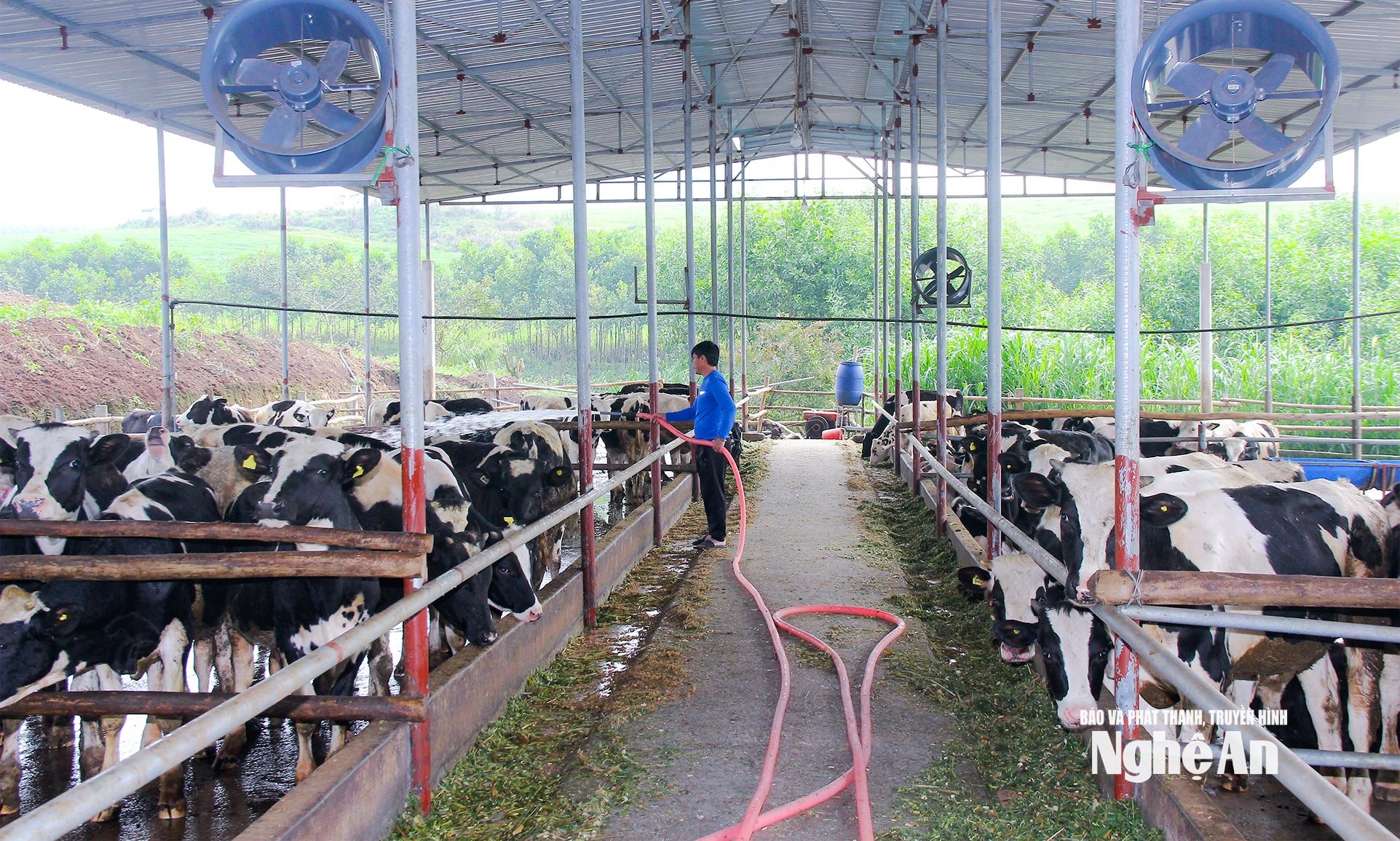
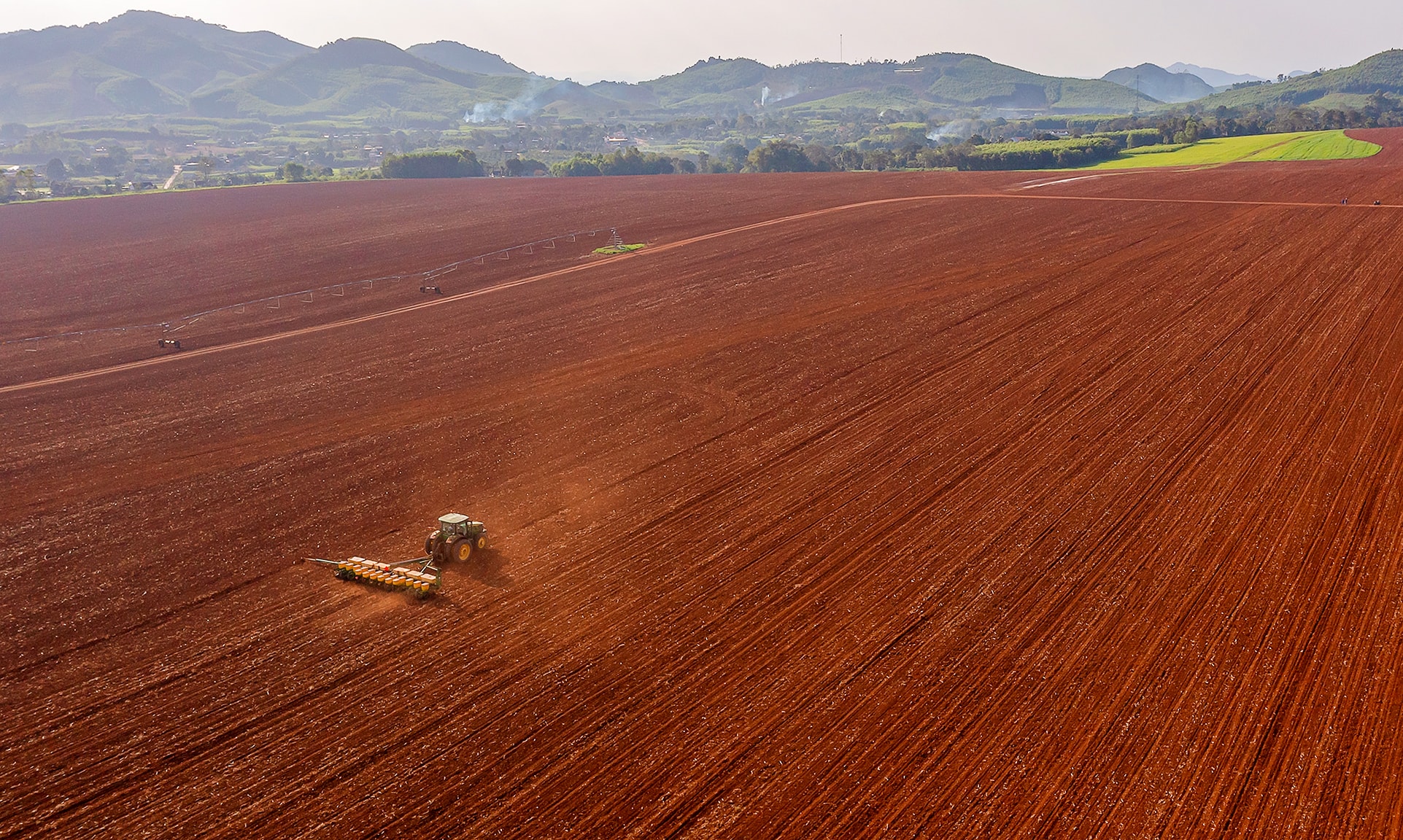



.jpg)

